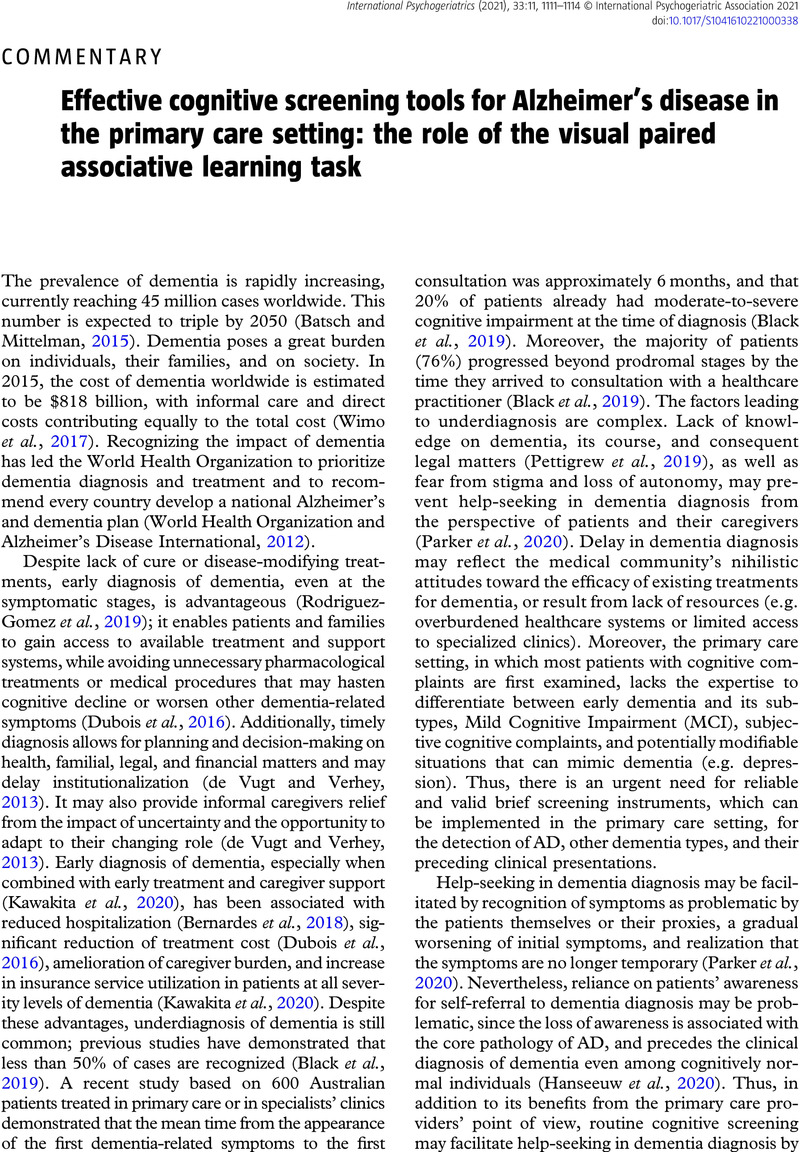Crossref Citations
This article has been cited by the following publications. This list is generated based on data provided by Crossref.
Muwanguzi, Moses
Obua, Celestino
Maling, Samuel
Wong, Wilson
Owokuhaisa, Judith
and
Wakida, Edith K.
2023.
Barriers and facilitators to cognitive impairment screening among older adults with diabetes mellitus and hypertension by primary healthcare providers in rural Uganda.
Frontiers in Health Services,
Vol. 3,
Issue. ,



